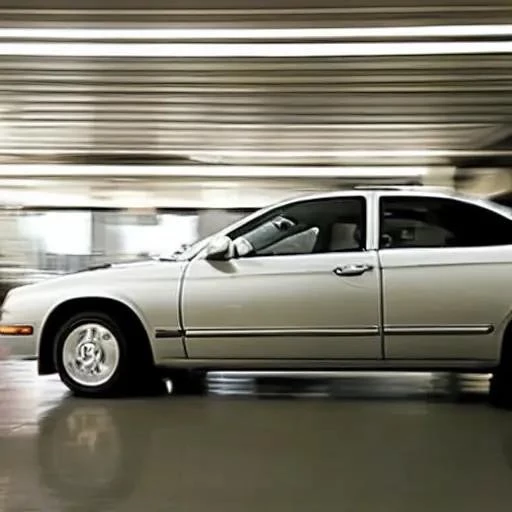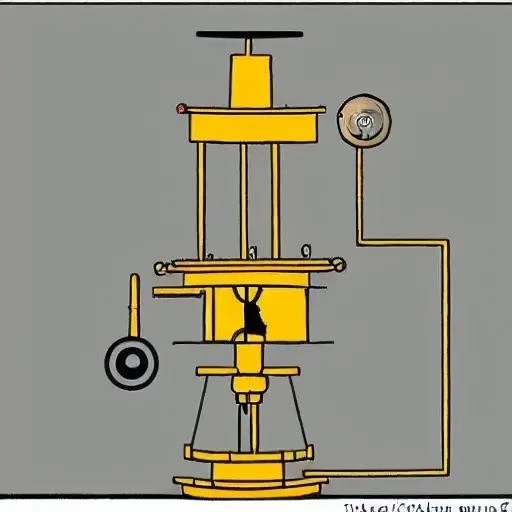For decades‚ the automotive transmission‚ the intricate dance partner to your engine‚ has often been a source of exasperation for drivers worldwide. From the notorious shudder of early CVTs to the infamous ‘PowerShift’ woes that plagued models like the Ford Focus between 2012 and 2017‚ transmission complaints have echoed through service bays and online forums. These mechanical marvels‚ tasked with seamlessly transferring power to the wheels‚ frequently became the Achilles’ heel of otherwise dependable vehicles‚ leading to costly repairs and frustrating breakdowns. However‚ as we accelerate into 2025‚ a dramatic transformation is quietly revolutionizing this crucial component‚ promising a future where smooth‚ reliable shifts are the norm‚ not the exception.
Automakers‚ driven by relentless innovation and consumer demand for unparalleled dependability‚ have invested billions into refining transmission technology. Companies like Ford‚ once grappling with significant issues‚ have demonstrably ‘ironed out’ many of their previous generation problems‚ offering a more robust and responsive driving experience today. Similarly‚ Volkswagen and Hyundai have meticulously improved their models‚ learning from past challenges to bolster overall reliability across their diverse lineups. This unwavering commitment to engineering excellence isn’t merely about fixing flaws; it’s about pioneering new standards‚ ensuring that the heart of your vehicle beats with unwavering precision and efficiency‚ paving the way for an era of unprecedented automotive trustworthiness.
Key Insights into Modern Automotive Transmissions
| Category | Details | Reference |
|---|---|---|
| Key Transmission Types | Automatic (Traditional): Utilizes planetary gearsets and a torque converter for smooth‚ automated shifts. Manual: Driver-controlled gear selection via clutch and shifter‚ offering direct engagement. Continuously Variable Transmission (CVT): Employs belts and pulleys for an infinite range of gear ratios‚ optimizing efficiency; Dual-Clutch Transmission (DCT): Combines the fuel efficiency of a manual with the convenience of an automatic through two separate clutches. | Allison Transmission Official Site |
| Common Reliability Concerns | Historically‚ issues included leaking fluid‚ harsh or delayed shifts‚ grinding noises‚ slipping gears‚ transmission shudder‚ sensor failures‚ and premature wear of internal components. | |
| Manufacturers Leading Reliability | Consistently high-ranking brands include Toyota‚ Honda‚ Mazda‚ and Subaru. Buick (a General Motors brand) is also frequently cited for its dependable performance. | |
| Maintenance for Longevity | Regular fluid changes according to manufacturer schedules‚ vigilant checking for any signs of leaks‚ prompt attention to unusual noises or shifting patterns‚ and avoiding aggressive driving habits are crucial for extending transmission life. |
The revolution unfolding beneath the hood is remarkably sophisticated‚ driven by a confluence of advanced materials‚ precision engineering‚ and increasingly intelligent software. Modern transmissions‚ whether the robust traditional automatics or the evolving Continuously Variable Transmissions (CVTs)‚ are now often integrated with advanced AI-driven insights‚ allowing for predictive maintenance and incredibly precise shift mapping. This intricate foresight significantly extends operational life and dramatically improves responsiveness‚ transforming what was once a mechanical weak link into a paragon of automotive strength. Consider the seamless power delivery of a cutting-edge 10-speed automatic‚ a veritable symphony of gears working in perfect harmony‚ a stark contrast to the clunky shifts of yesteryear.
While past models like the 2013 Chrysler Town & Country and the 2013 Cadillac SRX notoriously faced disproportionate transmission issues‚ today’s landscape is markedly different. Engineers are meticulously tackling perennial problems such as fluid leaks‚ once a perpetual concern for car owners‚ through enhanced seal designs and more resilient materials. Furthermore‚ the dreaded ‘slipping gears’ or ‘transmission shudder’ are being systematically eradicated by refined clutch systems and advanced hydraulic controls. By integrating these comprehensive design improvements with rigorous testing protocols‚ manufacturers are actively preventing the kind of widespread complaints that once plagued the industry‚ reinforcing consumer confidence with every smooth acceleration.
Looking ahead‚ the trajectory for transmission reliability is undeniably bright. The emphasis on smart design and proactive maintenance is creating a new paradigm where drivers can anticipate longer operational lives and fewer unexpected issues. Brands like Honda‚ Toyota‚ and Mazda consistently demonstrate exceptional reliability‚ offering vehicles such as the Civic‚ Corolla‚ and Mazda3 that are exemplars of enduring quality. However‚ even the most advanced transmissions benefit immensely from vigilant care; regular fluid changes‚ as often highlighted by experts‚ remain a cornerstone of longevity. Embracing these practices‚ combined with informed purchasing decisions‚ empowers every driver to experience the true potential of modern automotive engineering: a journey defined by unwavering performance and absolute peace of mind.






